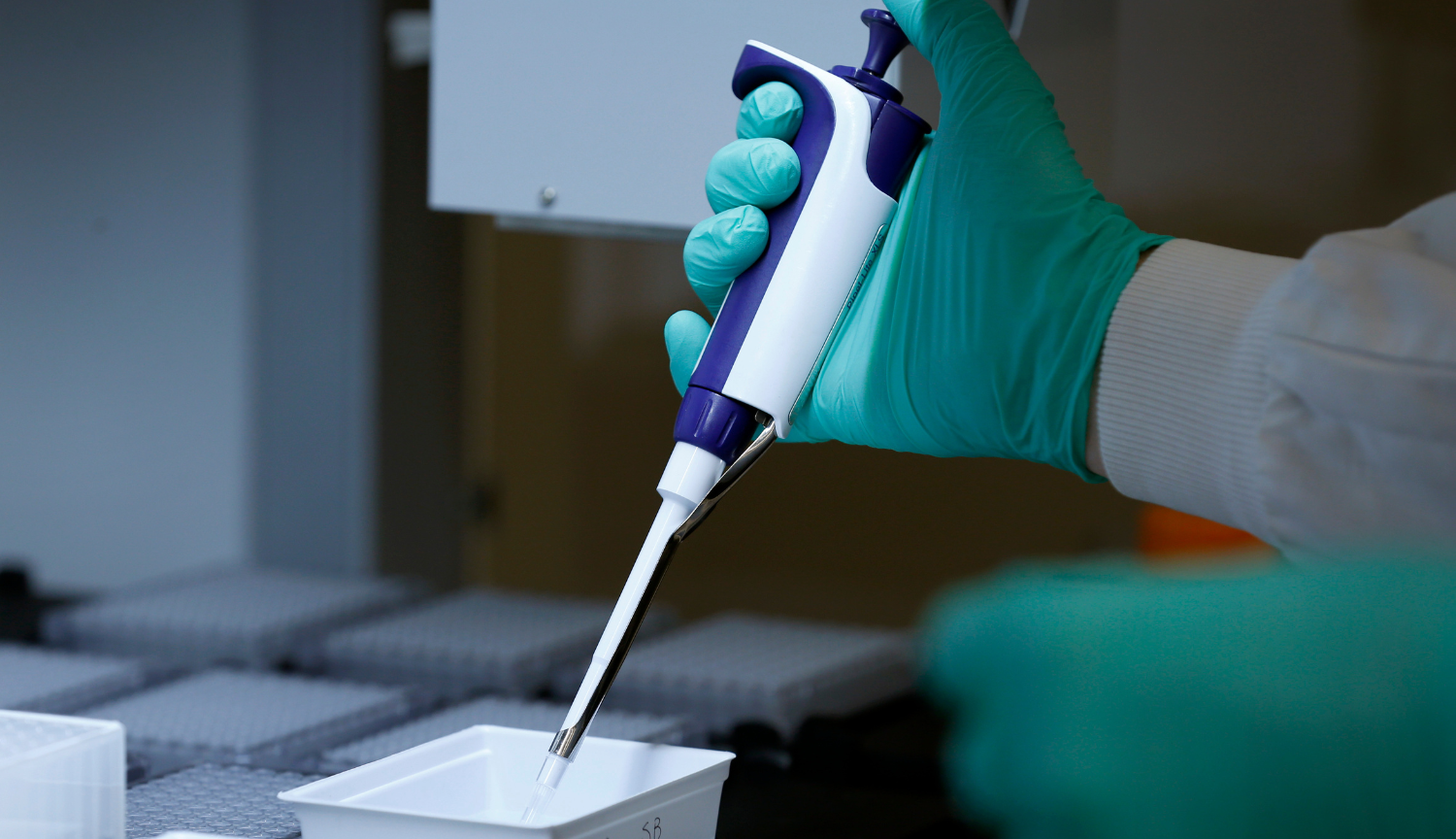Results of New Study Provide Hope for Patients Living With COPD
August 2, 2022

San Francisco Chronicle, Getty Images
Advanced technology helps researchers hone in on gene function, informing development of treatment for chronic obstructive pulmonary disease.
The Bottom Line
For the first time, researchers have been able to examine the role genetic inheritance plays in an individual’s diagnosis of chronic obstructive pulmonary disease (COPD). This new, enhanced way of looking at the gene itself can help inform future COPD treatment.
Context
COPD is the third leading cause of death worldwide, creating a significant burden of disease. The disease encompasses both chronic bronchitis and emphysema resulting from injury to the two major lung compartments: the airways and the alveoli.
COPD results from a combination of environmental exposures and genetic susceptibility. While the primary environmental triggers — including inhaled tobacco smoke and indoor pollution from burning coal and/or biomass — have long been established, much about disease susceptibility remains unknown. Most long-term smokers do not develop severe COPD, and susceptibility is a heritable trait, underscoring the contribution of genetic factors in disease origin and development.
Emphysema is a complex genetic disease caused by a mutation or variant in several genes that contribute to making some individuals more susceptible to disease than others. Genome-wide association studies (GWAS) have implicated variants in or near a growing number of genes, but understanding their functions and how they potentially contribute to the development of COPD and emphysema is quite limited.
Study Objective
To understand COPD and emphysema on a cellular level in order to inform prevention and treatment plans for individuals with a genetic predisposition.
The Details
Researchers from the Center for Regenerative Medicine at Boston Medical Center and Boston University School of Medicine used variants of clustered regularly interspaced short palindromic repeats (CRISPR) to understand the functions of the genes that cause emphysema and COPD. Published in Science Advances, researchers discovered functional consequences by turning off the expression of the gene that contributes to the pathogenesis of these diseases. Researchers devised a system using variants of CRISPR (a method of editing genomes) to either turn off expression of a gene of interest using CRISPR interference (CRISPRi) or overexpress a gene of interest using CRISPR activation (CRISPRa) in induced pluripotent stem cells (iPSCs). Researchers grew these cells in a dish and differentiated them to generate cells that reside in the lung. The cell type studied is called the type 2 alveolar epithelial cell, a progenitor cell for the alveolus — the alveolus is the part of the lung where gas exchange occurs and is the structure that is damaged in emphysema. So, by understanding how GWAS genes affect type 2 cells, researchers can start to understand how these might contribute to diseases that affect these cells, like emphysema.
Once type 2 cells were generated, researchers then used CRISPRi to turn off expression of nine different GWAS genes and analyzed them to see how the cells were affected, especially their ability to proliferate — something that they need to be able to do in response to injury like that which occurs in emphysema.
Findings
Researchers noticed that turning off one particular gene, desmoplakin (DSP), caused the cells to increase their proliferation and increased their expression of genes associated with cellular maturation. When this happened before turning off smoke exposure, it subsequently turned off expression of cell junction genes to a greater degree than in controls.
These were also better at forming new colonies, a measure of progenitor function, than controls. Researchers then looked in mice that had DSP deleted from their lung epithelial cells, compared to control mice with normal DSP. It was discovered that the type 2 cells in the DSP deletion mice were more proliferative following injury, consistent with findings in human iPSC-derived type 2 cells.
DSP appears to modulate the proliferative capacity of type 2 cells at baseline and following injuries that are relevant to human disease, such as smoke exposure. Lower levels of DSP expression increase the proliferative capacity of type 2 cells in the system, potentially making them better able to respond to an injury. In contrast, higher levels of expression as found in cells containing the variant associated with COPD risk by GWAS appear to make the cells less proliferative after smoke exposure, potentially explaining how this gene contributes to disease.
Pull Quote
“There have been no new significant pharmacological agents developed to help treat the large number of patients afflicted with COPD or emphysema worldwide,” says Rhiannon Werder, MD, a postdoctoral fellow at the Center for Regenerative Medicine at Boston Medical Center and Boston University School of Medicine. “Our hope is that this study will help in the understanding of the genetics of the disease, improve our understanding of how the disease occurs at a cellular level, and support the development of new therapies to treat these conditions.”
Werder RB, Liu T, Abo K M, Lindstrom-Vautrin J, Villacorta-Martin C, Huang J, Hinds A, Boyer N, Bullitt E, Liesa M, Silverman E K, Kotton D N, Cho M H, Zhou X, Wilson AA (2022). “CRISPR interference interrogation of COPD GWAS genes reveals the functional significance of desmoplakin in iPSC-derived alveolar epithelial cells.” Science Advances.
Share on Social
Subscribe to HealthCity’s Newsletter
HealthCity elevates the conversation around issues of equity in healthcare. | Sent biweekly.
© 2025 HealthCity. All rights reserved.


